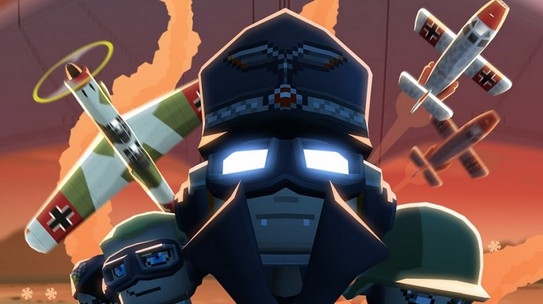

These two Air Task Forces were to take off at five minute intervals between CWs, twelve minute intervals between Task Forces and ten minutes after 1st Air Task Force. These CWs were to take off at five minute intervals ten minutes after 1st Air Task Force and attack Schweinfurt.ģrd Air Task Force would consist of 114 B-17s divided into two Combat Wings (CW): 102CW would consist of 61 B-17s: 306BG (21) Lead Group 92BG (20) Low Group and 305BG (20) High Group 103 Provisional CW would consist of 53 B-17s: 379BG (18) Lead Group 303BG (18) Low Group and Composite C (High Group) 17 B-17s: 303BG (10), 379BG (6), 384BG (1). The other Combat Wing (CW) of 2nd Air Task Force was a Composite Wing which would consist of 59 B-17s: 351BG (21) Lead Group 384BG (18) Low Group and Composite Group B (High Group) consisting of 20 B-17s: 306BG (9) 305BG (9) and 92BG (2). 2nd Air Task Force would consist of 116 aircraft divided into two Combat Wings (CW): 101CW would consist of 57 B-17s: 91BG (18) Lead Group 381BG (20) Low Group and Composite Group A (High Group) consisting of 19 B-17s: 306BG (7) 91BG (6) and 381BG (6). Gross, and 3rd Air Task Force, led by Colonel Howard M. It was hoped that this formation would lure the German fighters away from the two Air Task Forces of 1st Bomb Division that would attack the ball bearing works a Schweinfurt.ġst Air Division, led by Brigadier General Robert Williams, would consist of 230 B-17s divided among 2nd Air Task Force, led by Colonel William M. The formation would bomb the target and then proceed south to bases in North Africa. The Combat Wings would take off at three minute intervals bewteen Comabt Wings with that target being the Messerschmitt factories at Regensburg. This task force was composed of three Combat Wings (CW): 403CW would consist of 62 aircraft: 96BG (21) Lead Group 388BG (21) Low Group and 390BG (20) High Group 401CW would consist of 42 aircraft: 94BG (21) Lead Group 385BG (21) Low Group and 402CW consisted of 42 aircraft: 95BG (21) Lead Group and 100BG (21) Low Group. 1st Air Task Force was composed of 146 B-17s, led by Colonel Curtis LeMay of 4th Bomb Wing. The planned mission was divided into three Air Task Forces. However, USAAF planners were still very much convinced that the B-17 Flying Fortress and close formation flying would be sufficient to allow the bombers to destroy these targets.

While fighter escort was to be a component, it could only accompany the bombers for a short distance into the Continent because of the limited range of the P-47. Success would require: close timing cooperation of the weather in England and across the Continent precision flying and a goodly measure of luck.

This was one of the most complex missions attempted up to that time in the war and directed deep into Germany to bomb the Messerschmitt production factories at Regensburg and the ball bearing factories at Schweinfurt, Germany. POINTBLANK DIRECTIVE in the Missions index for details) CASABLANCA DIRECTIVE in the Missions index for details) and the "Pointblank Directive" (14-Jun-43 cf. The need for such a mission was suggested by General Henry Harley "Hap" Arnold, Commanding General of the United States Army Air Forces (USAAF) in March 1943 in accordance with the "Casablanca Directive" (21-Jan-43 cf. It has been dubbed "Black Tuesday." It is this mission that finally brought home to the air war planners the true vulnerability of the famous B-17 "Flying Fortress" and the critical need for fighter escorts that could accompany the bomber streams to and from targets deep in Germany as "Little Friends." This is the famous Schweinfurt/Regensburg mission on which 60 B-17s are lost. The mission flown on 17-Aug-43, the 1st anniversary of the 1st mission flown by the 8th Air Force, is probably the most written about mission of the war. Object Number - FRE 7714 - Regensburg, after being bombed by B-17 Flying Fortresses of the 385th Bomb Group, 17 August 1943.


 0 kommentar(er)
0 kommentar(er)
